Art
Artwork Khrushchev Probably Would Not Have Liked 24
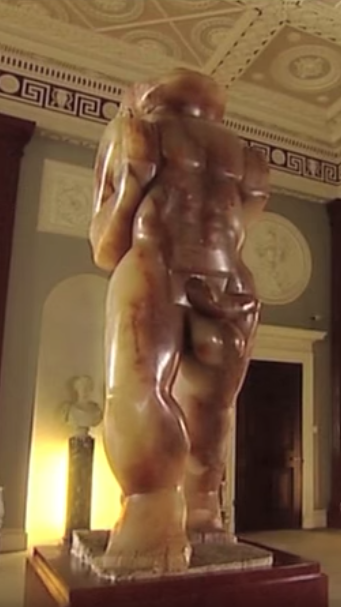
Posted By: Paul - Sat Oct 26, 2019 -
Comments (0)
Category: Art, Avant Garde, 1930s, Genitals
Nara’s Doodles
A painting by Japanese artist Yoshitomo Nara recently sold for $24.9 million at Sotheby’s Hong Kong. This has had an inflationary effect on the value of all his works, including some doodles that he drew ten years ago, on the spur of the moment, on various walls in the Manhattan bar Niagara, where he happened to be drinking. It’s now figured that the doodles are worth hundreds of thousands of dollars. More info: CNN


Posted By: Alex - Sat Oct 19, 2019 -
Comments (0)
Category: Art, Overpriced Merchandise
Mystery Illustration 87
Two of the biggest stars of Hollywood's Golden Age. Can you possibly tell who, from this off-model illo?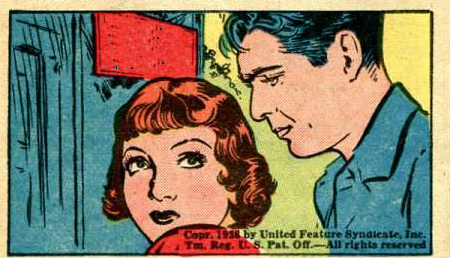
Answer is here (page 12).
Or after the jump.
More in extended >>
Posted By: Paul - Fri Oct 18, 2019 -
Comments (1)
Category: Art, Ineptness, Crudity, Talentlessness, Kitsch, and Bad Art, Movies
Minimum Wage Machine
Created by artist Blake Fall-Conroy:So, if this is installed in a museum, do people actually get to keep whatever money they get from it? I'm pretty sure some people would stand there cranking it all day.

Bad quality video of the machine in action:
via TYWKIWDBI
Posted By: Alex - Thu Oct 10, 2019 -
Comments (3)
Category: Art, Boredom, Money
Artwork Khrushchev Probably Would Not Have Liked 23
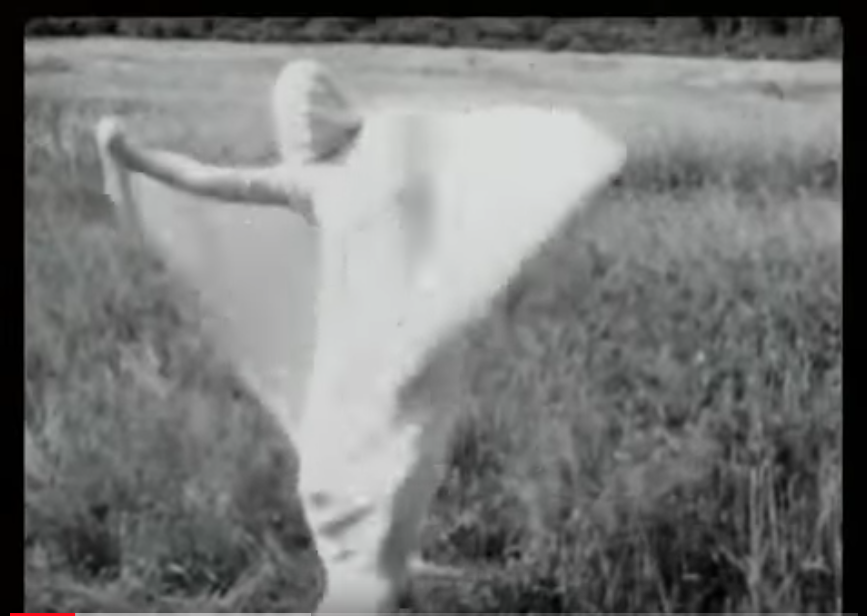
Posted By: Paul - Fri Oct 04, 2019 -
Comments (1)
Category: Art, Avant Garde, Surrealism, 1930s, Russia
Glen Falls Sequence
Creator's Wikipedia page here.
Posted By: Paul - Fri Sep 13, 2019 -
Comments (3)
Category: Art, Surrealism, Stop-motion Animation, 1930s
Cheetos Pareidolia
I promise this will be my last Cheetos-themed post for a while. But for some reason, I've been coming across a lot of weird stuff about Cheetos recently.The latest is Cheetos pareidolia, which is the phenomenon of Cheetos that look like things. Often these unique Cheetos end up on eBay, where they command high prices. For instance, right now, for only $650, you can buy a Cheeto shaped like a shrimp.

In 2017, a man found a Cheeto shaped like the Virgin Mary, and he promptly put it up for sale.

Also in 2017, a Cheeto shaped like the gorilla Harambe almost sold for $100,000.

And some, such as photographer Andy Huot, find inspiration in the many shapes of Cheetos. Huot has an Instagram page dedicated to what he calls 'cheese curl art'. Below is his version of the March of Progress, rendered in Cheetos.

Posted By: Alex - Tue Sep 10, 2019 -
Comments (1)
Category: Art, Junk Food, Pareidolia
Nightmare Hand
Its creator is almost as disturbing.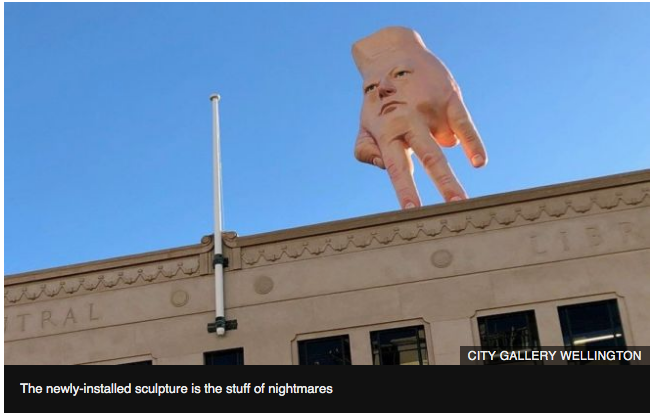
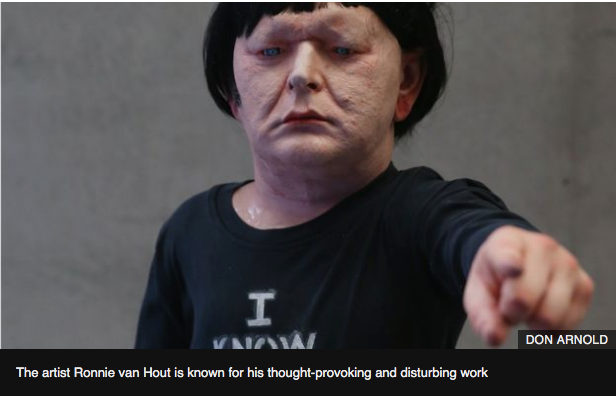
Full story here.
Posted By: Paul - Wed Aug 21, 2019 -
Comments (3)
Category: Art, Beauty, Ugliness and Other Aesthetic Issues, New Zealand
The Air-Conditioning Show
In 1966, the art group Art & Language (which, at the time, was Terry Atkinson and Michael Baldwin) debuted the Air-Conditioning Show. This consisted of an air conditioner in an empty room. The only vaguely art-like part of the exhibit (in a conventional sense) was ten sheets of paper pinned to the wall by the door, on which were written line after line of cryptic sentences, such as, "It is obvious that the elements of a given framework (and this includes the constitution of construct contexts) are not at all bound to an eliminative specifying system."This exhibit is now regarded as a significant moment in the development of modern art. One art historian noted that what made it original was that, "the body of air in a particular gallery space was singled out for art-status." Another says:
In a 2012 article in the Independent, Charles Derwent singled it out as, "the moment when the visual arts in Britain were beginning to turn un-visual, when mere visuality was becoming suspect."
The sheets of paper are now preserved at the Tate Museum of Modern Art.
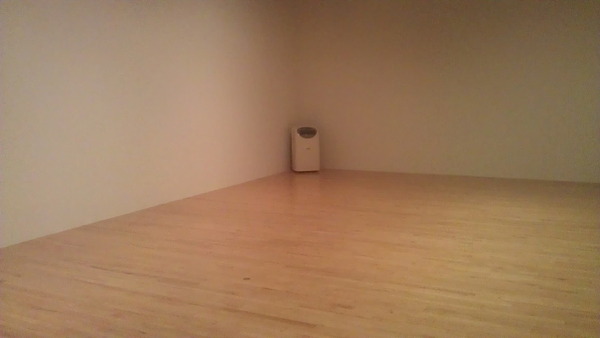
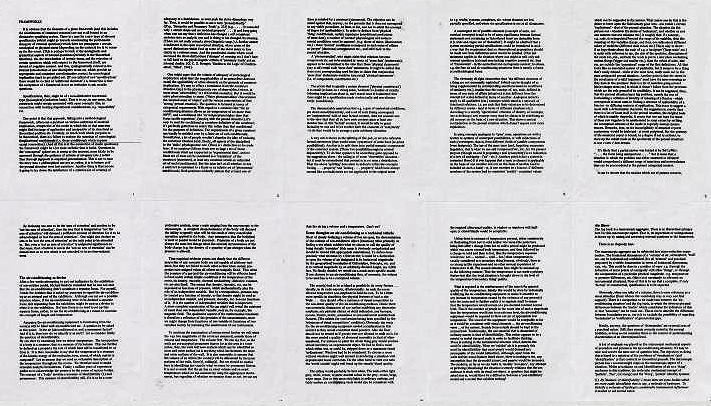
Posted By: Alex - Tue Jul 30, 2019 -
Comments (2)
Category: Art, 1960s
The Man Who Stole Art
The strange tale of Stéphane Breitweiser, arguably the world's greatest art thief, who managed to steal hundreds of works valued, in total, at well over one billion dollars.His success was largely attributable to a a loophole in the world of art security: that there's not much security on the front-end (in the museums). Instead, as Michael Finkel notes in a Feb 2019 article in GQ, "art crimes are typically solved on the back end, when the thieves try to sell the work."
And that's why Breitweiser managed to get away with his thefts for so long, because he never tried to sell anything. He stole because he loved the art and wanted to have it for himself, accumulating it all in his mother's house, where he lived.
His case reminds me of Joseph Feldman, who stole over 15,000 books from the New York Public Library, simply because he loved books. It suggests a recurring weird-news theme: thieves who steal not from a profit motive, but instead to indulge their obsessive collecting.

Stéphane Breitweiser
Posted By: Alex - Sun Jul 28, 2019 -
Comments (3)
Category: Art, Crime, Collectors

| Who We Are |
|---|
| Alex Boese Alex is the creator and curator of the Museum of Hoaxes. He's also the author of various weird, non-fiction, science-themed books such as Elephants on Acid and Psychedelic Apes. Paul Di Filippo Paul has been paid to put weird ideas into fictional form for over thirty years, in his career as a noted science fiction writer. He has recently begun blogging on many curious topics with three fellow writers at The Inferior 4+1. Contact Us |




